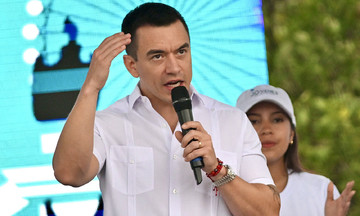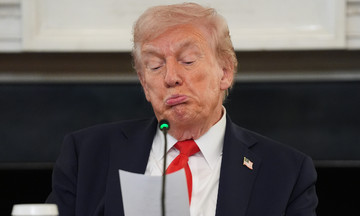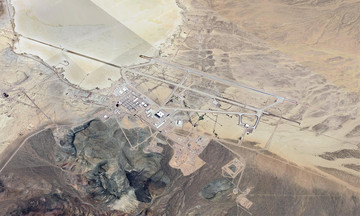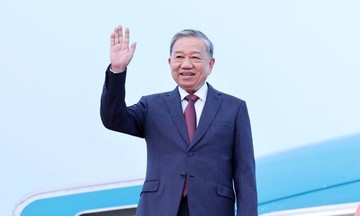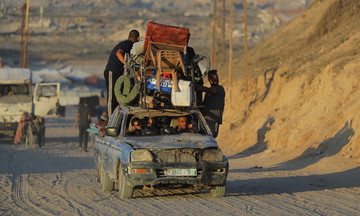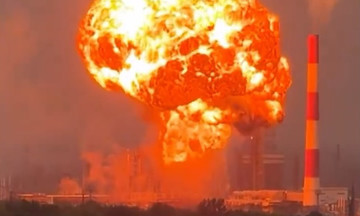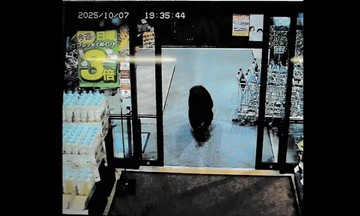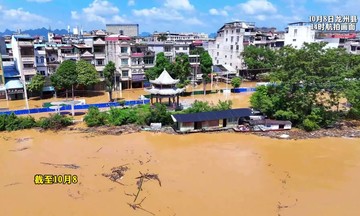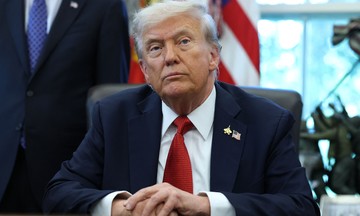Polish Foreign Minister Radoslaw Sikorski recently revived the idea of a no-fly zone over Ukraine in response to perceived threats from Russia, particularly after alleged Russian drone incursions into Poland and Romania.
On 10/9, Polish and NATO aircraft shot down several drones. Warsaw then accused Moscow of 19 airspace violations, coinciding with attacks in western Ukraine. Russia's Ministry of Defense denied targeting Poland.
Two days later, Romania scrambled F-16s, alongside German fighters, to intercept a suspected Russian drone. Romania's defense minister said they "almost shot down" the drone before it turned back across the Danube River.
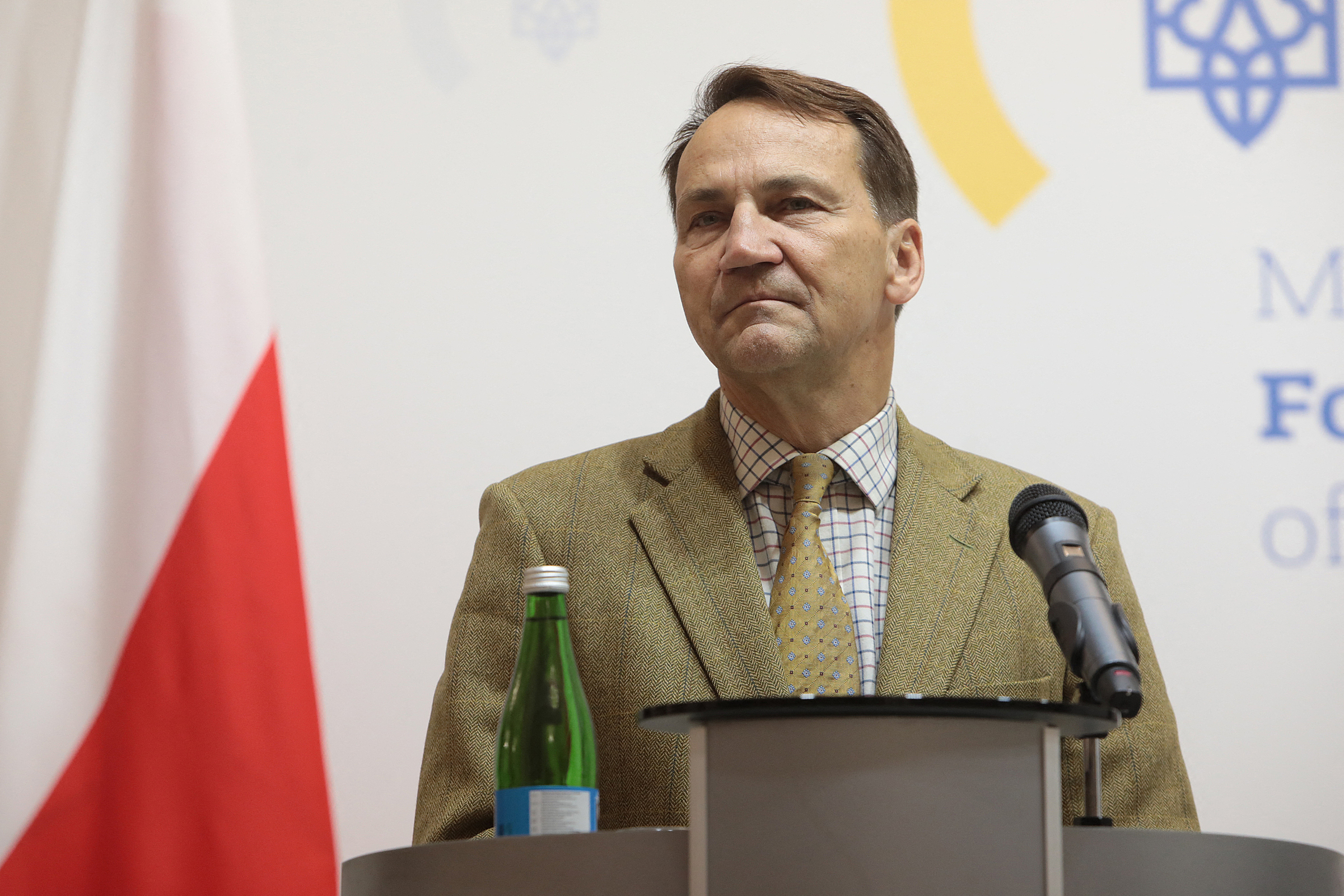 |
Polish Foreign Minister Radoslaw Sikorski at a press conference in Kyiv, Ukraine, on 12/9. Photo: AFP |
Polish Foreign Minister Radoslaw Sikorski at a press conference in Kyiv, Ukraine, on 12/9. Photo: AFP
In a 15/9 interview with Germany's Frankfurter Allgemeiner, Sikorski revealed the idea of a no-fly zone over western Ukraine was suggested to the Biden administration about a year ago but rejected. He emphasized Poland couldn't act alone and needed NATO and EU support.
"We could protect people more effectively, for example, from the risk of drone debris falling on our territory, if we could deploy drone interceptors or other weapons from outside. If Ukraine asked us to shoot down targets over their territory, it would be even more advantageous. I believe this proposal should be considered," he said.
In a 14/9 Kyiv Independent interview, Sikorski said the idea of using NATO air defenses to protect part of Ukraine's airspace could be revisited after the drone incursions into Poland. He mentioned contacting Ukrainian Foreign Minister Andrii Sybiha, who reiterated the no-fly zone proposal.
"Russia's actions have revived the idea. Ukraine and Poland are already coordinating airspace management. Public opinion is also leaning towards supporting this view," he added.
A no-fly zone restricts aircraft from operating within a defined airspace. This can protect sensitive areas like royal residences, military bases, government facilities, or during major events.
Militarily, no-fly zones prevent enemy aircraft from attack or reconnaissance missions. Enforcement involves surveillance, fighter patrols, preemptive strikes on enemy assets, and shooting down violating aircraft.
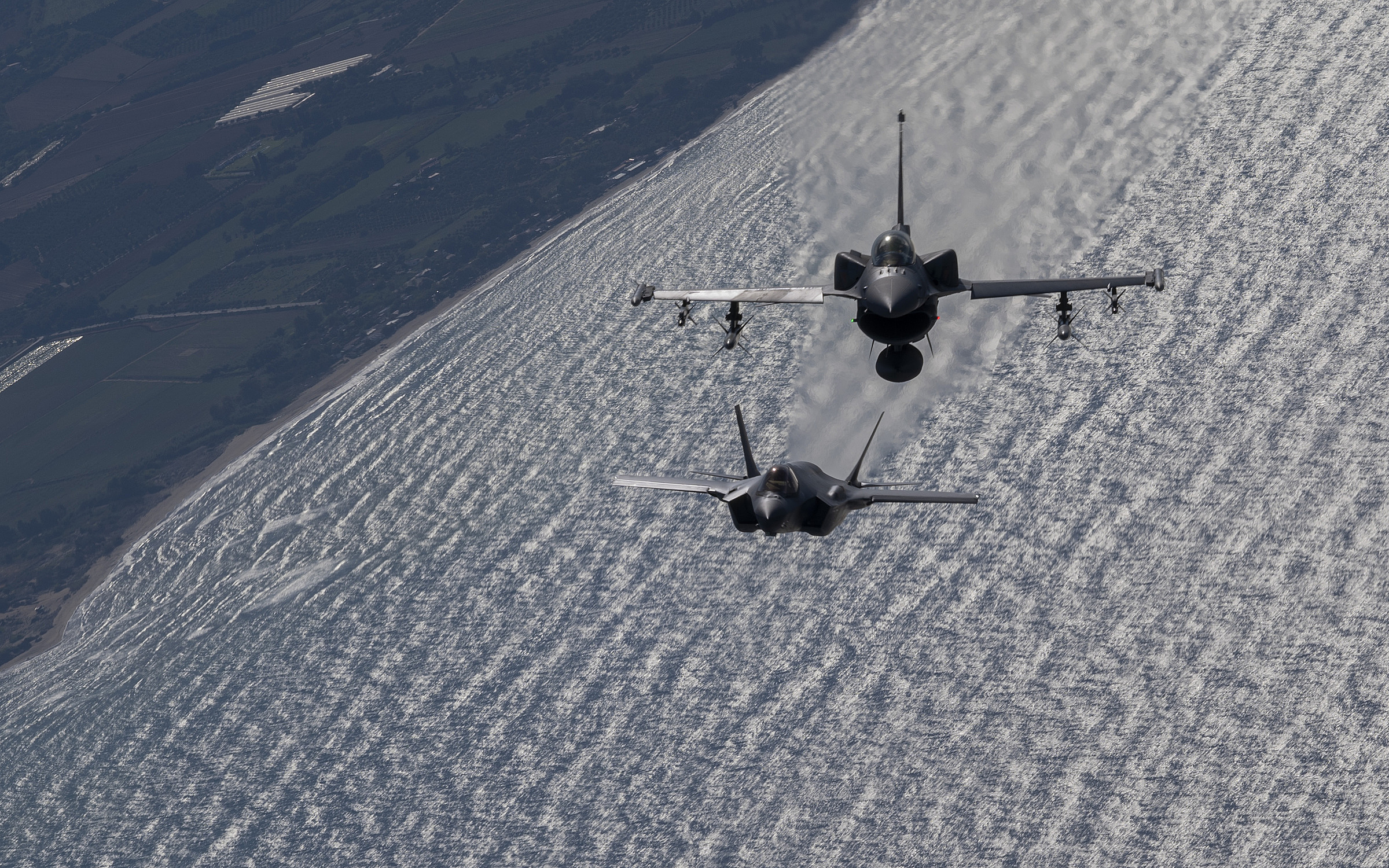 |
A Greek F-16 and a U.S. F-35A conduct training over the western coast of Greece in 10/2024. Photo: USAF |
A Greek F-16 and a U.S. F-35A conduct training over the western coast of Greece in 10/2024. Photo: USAF
Historically, the U.S. and NATO have been involved in establishing no-fly zones. After the 1991 Gulf War, they established two in Iraq to protect certain religious and ethnic communities, even without UN approval.
In 1992, the UN Security Council banned unauthorized military flights over Bosnia. In 2011, the UN approved a no-fly zone during the intervention in Libya. NATO enforced both.
When the Russia-Ukraine war began in 2/2022, Ukrainian President Volodymyr Zelensky repeatedly urged the West to establish a no-fly zone, believing it was the only way to protect civilians from Russia's air power.
"Establish a no-fly zone over all of Ukraine to save people. I call it a humanitarian no-fly zone. This measure will prevent Russia from continuing to inflict terror day and night on our peaceful cities," Zelensky told the U.S. Congress in 3/2022, as Russian troops withdrew from northern Ukraine.
However, President Biden refused to deploy U.S. aircraft to Ukraine, fearing direct conflict with Russia. European leaders agreed.
Former UK Defense Secretary Ben Wallace warned that NATO jets directly confronting Russian aircraft would spark "a war across Europe."
In 2024, Kyiv suggested neighbors use air defenses to shoot down missiles and drones headed for Ukraine, indirectly creating a no-fly zone over western Ukraine. This was again rejected by the West.
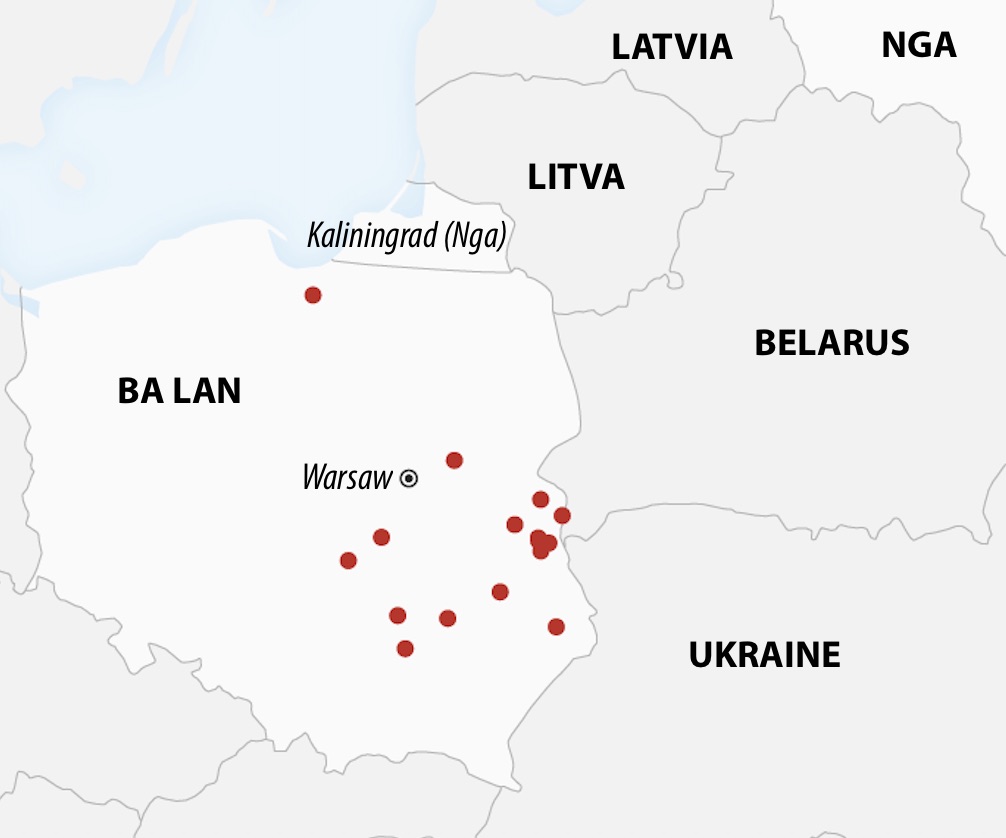 |
Location where Poland reported the drone incursion on 10/9. Graphic: CNN |
Location where Poland reported the drone incursion on 10/9. Graphic: CNN
Sikorski's latest statements suggest a narrower focus on intercepting drones near the Ukraine-NATO border. However, the core concern of a NATO-Russia confrontation remains.
Mark Cancian, a senior advisor at the Center for Strategic and International Studies (CSIS), noted in 2022 that a no-fly zone would require NATO aircraft to patrol Ukrainian airspace, making a scenario of "firing on Russian aircraft and being fired upon in return" unavoidable.
"That means war," warned Michael O'Hanlon, a foreign policy expert at the Brookings Institution.
O'Hanlon explained a no-fly zone is more than just patrolling airspace. It requires NATO to consider destroying enemy air defenses, including radar, communication stations, and personnel, to protect its own aircraft.
"You can't do all that just by jamming. These missions require bombs and there will be casualties," he said.
General Philip Breedlove, NATO's supreme allied commander from 2013 to 2016, also warned of irreversible escalation if NATO directly confronted Russia. While supporting the idea of a no-fly zone, he emphasized it was an "extremely serious decision" requiring careful consideration.
"A no-fly zone is equivalent to a decision to go to war. If NATO declares a no-fly zone, we are obligated to eliminate the enemy's capabilities that prevent them from firing into this airspace or impacting the no-fly zone," Breedlove said.
Dmitry Medvedev, deputy chairman of the Security Council of the Russian Federation, warned on 15/9 that a NATO no-fly zone in Ukraine to shoot down Russian drones was a "provocative proposal dreamt up by Kyiv and some fools" and would only lead to "one outcome: war between Russia and NATO."
Thanh Danh (Via Washington Post, BBC, NBC, Kyiv Independent)



